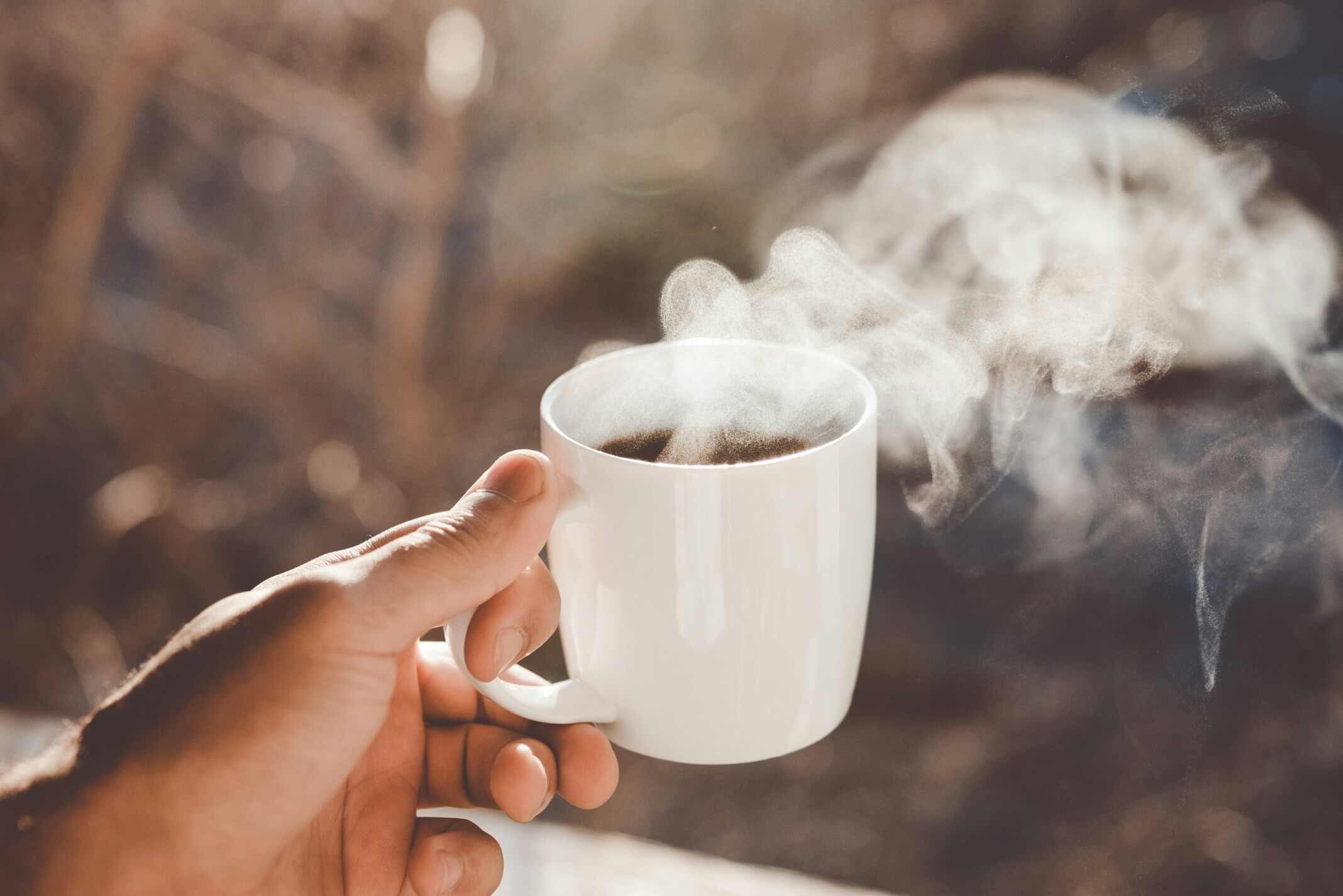Coffee is a beloved beverage enjoyed by millions worldwide. But have you ever wondered how that perfect cup of coffee comes to life? The journey from coffee bean to brewed cup is fascinating, and it involves several steps that combine nature, skill, and science. Let’s take a look at how coffee is made, from seed to sip.

1. Coffee Planting
Coffee begins its journey as a seed planted in the ground. Coffee plants grow in tropical regions, mostly near the equator, where the climate is perfect for them. There are two main types of coffee beans: Arabica and Robusta. Arabica beans are known for their smooth, complex flavors, while Robusta beans have a stronger, more bitter taste.
2. Harvesting
Once the coffee plant matures, it produces cherries. These cherries contain the coffee beans. When the cherries ripen, they are harvested—either by hand or by machine. Hand-picking ensures only the ripe cherries are selected, while mechanical harvesting can be more efficient but may pick unripe cherries as well.
3. Processing
After harvesting, the beans must be extracted from the cherries. This can be done in a few ways:
- Dry processing: The whole cherries are dried in the sun before the beans are extracted.
- Wet processing: The cherries are pulped to remove the skin, and the beans are then fermented, washed, and dried.
The processing method affects the flavor profile of the coffee beans, with wet-processed beans often being cleaner and brighter, while dry-processed beans have a fuller, fruitier taste.
4. Milling
Once the beans are dried, they are hulled to remove any remaining layers of parchment or husk. After milling, the beans are graded and sorted based on size, weight, and quality. The highest quality beans are often reserved for specialty coffees.
5. Roasting
Roasting is where the magic happens! The beans are heated to high temperatures, typically between 370°F and 540°F (188°C to 282°C), which causes chemical changes inside the beans, turning them from green to brown. During this process, the beans develop their unique flavors, aromas, and oils. The roasting time and temperature determine whether the coffee will be light, medium, or dark roasted. The darker the roast, the stronger and bolder the flavor.
6. Grinding
After roasting, the beans are ground to the desired coarseness for brewing. The grind size is crucial, as it affects the extraction process. For example, a fine grind is best for espresso, while a coarser grind is ideal for methods like French press or pour-over. Freshly ground coffee retains more flavor, so it’s always best to grind beans just before brewing.
7. Brewing
Finally, the beans are brewed! The brewing method you choose—whether it’s a pour-over, French press, espresso, or cold brew—plays a huge role in the final taste of the coffee. Water temperature, brewing time, and the coffee-to-water ratio all influence the extraction of flavors from the grounds, creating a cup that’s uniquely your own.
Final Thoughts
The process of making coffee is a beautiful combination of nature, craftsmanship, and science. From planting the seed to roasting the beans and finally brewing the perfect cup, each step influences the flavor and experience of your coffee. Next time you take a sip, remember the journey those beans took to bring you that delicious, energizing cup of coffee.
Discover the best brewing method for you in our guide – Mastering the Art of Coffee Brewing: A Guide to Popular Brewing Methods.






